Ragnald Eysteinsson, also known as “The Wise,” is a prominent figure in Norse history and the founder of the Northern Earldoms of Orkney and Shetland.
As a Viking warrior and skilled politician, Ragnald played a crucial role in the establishment of Norse settlements in the British Isles.
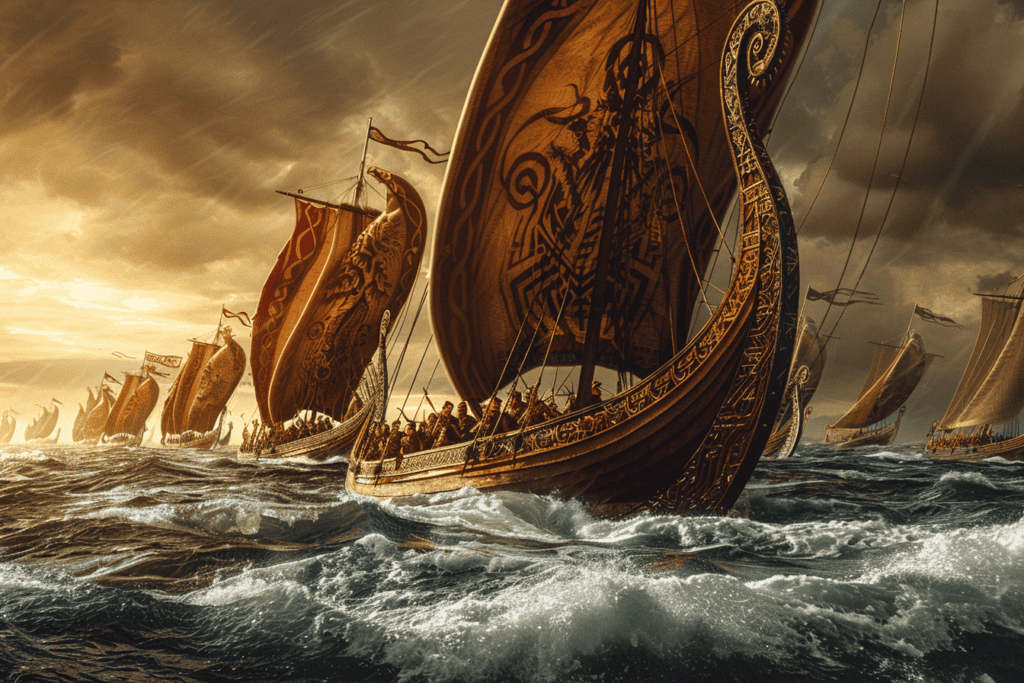
According to the Heimskringla, Ragnald was granted the Earldom of Orkney by King Harald Fairhair of Norway in the 9th century.
This title gave Ragnald significant power and authority over the Norse settlements in the region. He is also said to have been given control of Shetland, which was a valuable addition to his territory.
Ragnald’s leadership and influence in the Northern Earldoms of Orkney and Shetland extended beyond his lifetime.
His descendants, including his brother Sigurd Eysteinsson, continued to hold the title of Earl of Orkney for several centuries. Today, Ragnald’s legacy lives on through the rich history and culture of the Orkney and Shetland Islands.
The Origins and Early Life of Ragnald Eysteinsson
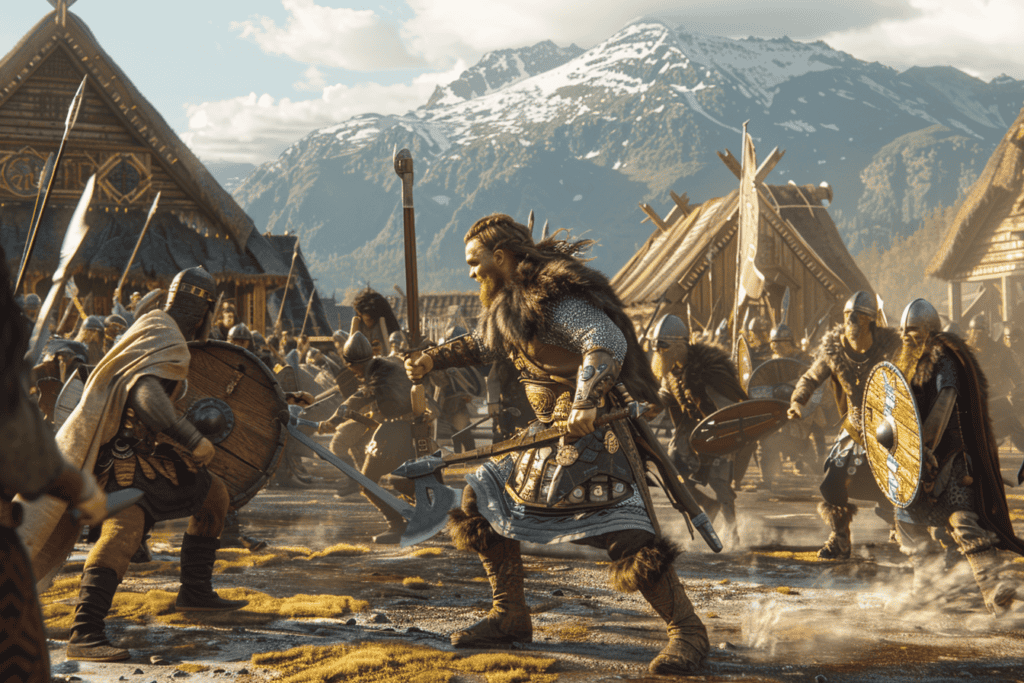
Ragnald Eysteinsson, also known as Rognvald, was born into a prominent family in Norway during the 9th century.
His father was Eystein Ivarsson, who was a chieftain and a member of the royal court of Harald Fairhair, the first king of a united Norway. Ragnald’s mother was Ragnhild, the daughter of Hrollaug, a powerful landowner in Norway.
Ragnald was born into a family with a rich history and strong ties to Norse culture and mythology. His ancestors were known for their bravery and skill in battle, and they were respected for their leadership and wisdom.
These qualities were passed down to Ragnald, who would later become a legendary figure in Norse history.
As a young man, Ragnald was immersed in Norse culture and mythology. He was trained in the art of warfare and learned the skills necessary to become a successful warrior and leader. He also studied the stories and legends of his ancestors, which helped to shape his worldview and his understanding of the world around him.
Ragnald’s youth was marked by his close friendship with Harald Fairhair, who would later become the first king of Norway. The two men shared a deep bond, and Ragnald was known for his loyalty and devotion to Harald.
Rise to Power and the Earldom of Orkney
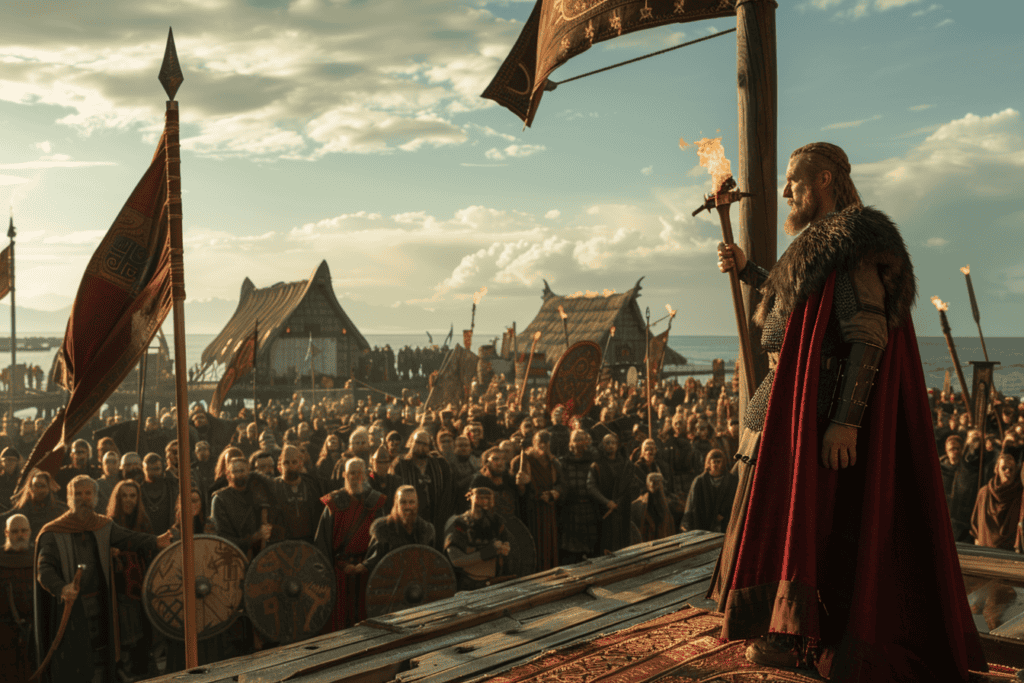
Ragnald’s rise to power began when he was appointed as the Earl of Møre, Sunnmore, Nordmore, and Romsdal.
He then set his sights on the Northern Isles, which included Orkney and Shetland. In 865, Ragnald sailed to Orkney with a fleet of ships and conquered the islands from the Picts.
Ragnald became the first Earl of Orkney and established the Earldom of Orkney. He ruled over the islands with an iron fist and quickly gained a reputation for being a fair and just ruler.
Ragnald’s leadership skills were put to the test when he faced a rebellion led by Sigurd, his own nephew. However, Ragnald was able to quell the rebellion and maintain his hold on the islands.
Expansion and Consolidation
Under Ragnald’s leadership, the Earldom of Orkney expanded its influence beyond the Northern Isles. Ragnald established alliances with other Viking leaders and raided the coasts of Scotland, the Hebrides, and Ireland. His military campaigns were successful, and he was able to consolidate his power in the region.
Ragnald was succeeded by his son, Sigurd Eysteinsson, who continued his father’s legacy of expansion and consolidation. Sigurd conquered Caithness and Sutherland in Scotland and established the Earldom of Caithness. He also established the Bishopric of Orkney and built the first stone cathedral in the islands.
The Norse Sagas, including the Orkneyinga Saga, provide detailed accounts of Ragnald’s rise to power and the establishment of the Earldom of Orkney. These sagas are an important source of information about the Viking Age and the history of Orkney and Shetland.
Legacy and Historical Impact
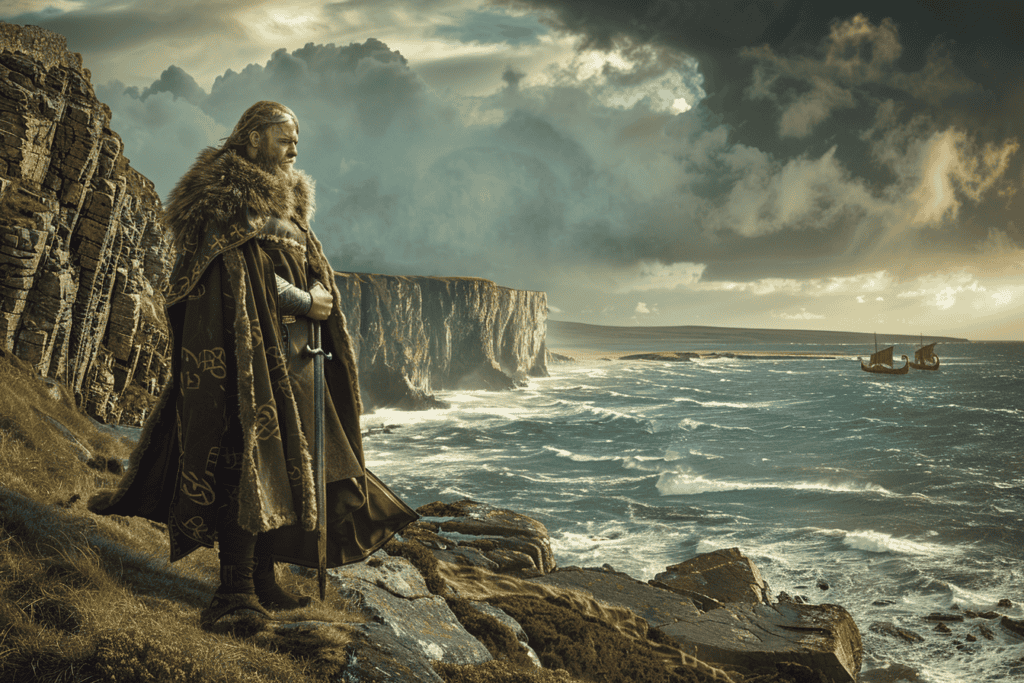
Ragnald Eysteinsson’s legacy as the founder of the Northern Earldoms of Orkney and Shetland is significant in both Norse and Scottish history.
The saga of Harald Fairhair, as recorded in Heimskringla, describes Ragnald as a close relative and ally of the earliest known King of Norway. Ragnald’s role in the Viking Age expeditions to the west, to Ireland and Scotland, is also recorded in the saga.
Historians and scholars, such as Snorri Sturluson, have used Ragnald’s story to shed light on Norwegian politics and the power struggles of the time.
Ragnald’s establishment of the Earldom of Orkney and Shetland also had a lasting impact on the Scottish mainland, as the islands became a base for Viking raids and trade.
Ragnald’s Descendants and Their Roles
Ragnald’s descendants played significant roles in Norse and Scottish history. His son, Ivar, was killed during the expeditions to Scotland and Ireland, as recorded in Heimskringla.
Ragnald’s grandson, Sigurd the Mighty, succeeded him as Earl of Orkney and Shetland. He went on to become a prominent figure in Norse history.
Ragnald’s great-grandson, Rollo, became the first ruler of Normandy and played a key role in the history of France.
The descendants of Ragnald and his family continued to shape the course of history, both in Scandinavia and beyond.
Ragnald Eysteinsson’s legacy as the founder of the Northern Earldoms of Orkney and Shetland has had a lasting impact on Norse and Scottish history. His story, as recorded in sources such as Heimskringla, Historia Norvegiae, and Fragmentary Annals of Ireland, continues to be studied and appreciated by scholars and history enthusiasts alike.

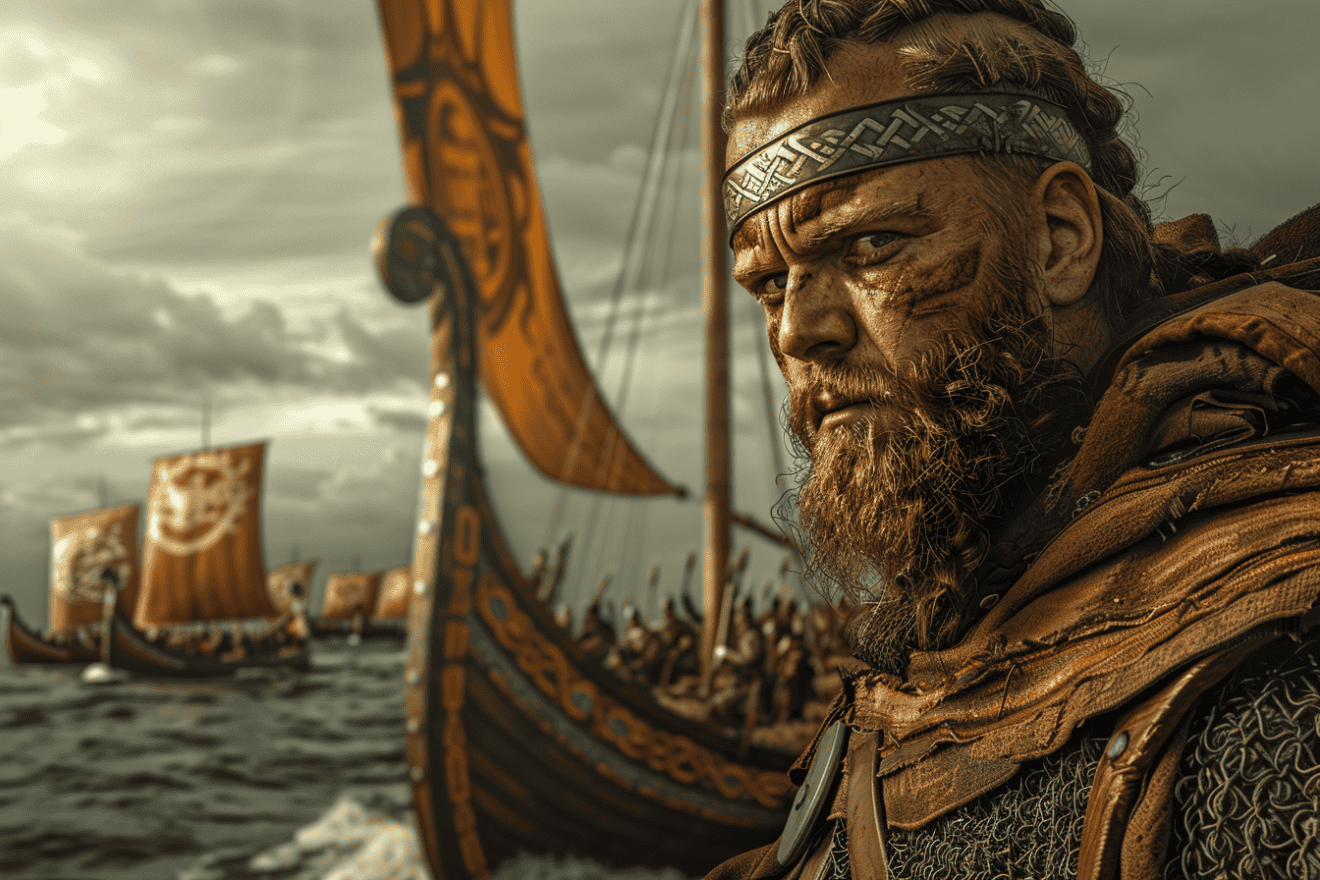








Add Comment